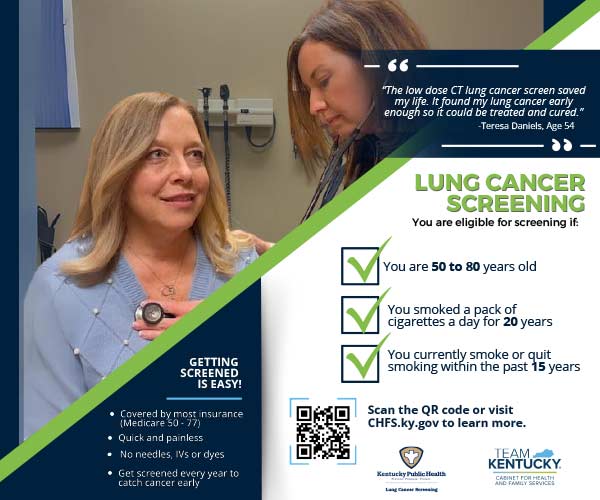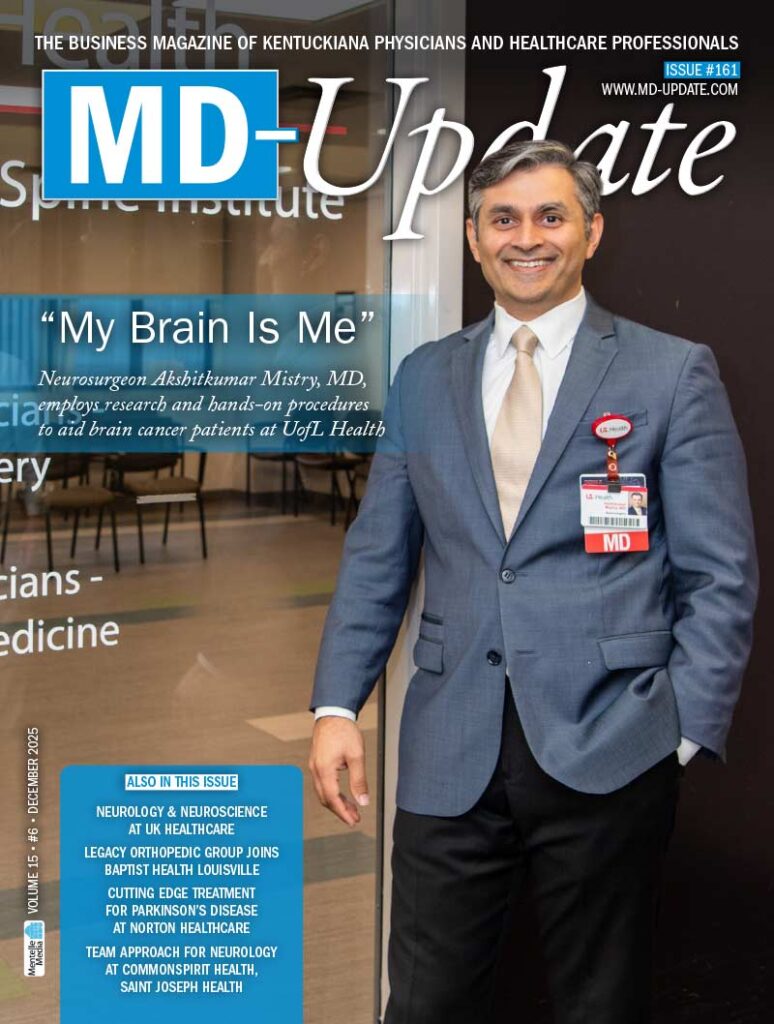AI can be used to enhance chronic care management and advance preventative health goals
LEXINGTON No one wants to feel obsolete. That fear fuels much of our anxiety about AI in medicine: Will it replace us, make mistakes, or serve corporate interests? Underneath, we fear the unknown—and with good reason. The implementation of electronic health records (EHRs) has scarred many of us. Intended to streamline documentation, it ironically devolved our profession one step closer to mindless data-entry. Still, I believe AI will be different. It will bridge gaps in medicine we did not even realize existed, much like other historic deficits that, in hindsight, seem painfully obvious.
In the early 1800s, diseases associated with foul odors, or “putrid scents,” were attributed to miasma—bad air thought to carry illness. A Hungarian physician, Ignaz Semmelweis, observed that a maternity ward run by midwives had significantly lower illness rates than another staffed by medical students who moved directly from autopsies to delivering babies. By implementing rigorous handwashing, mortality rates plummeted, confirming his theory that providers—not smells—were the cause. His peers largely dismissed him, offended by the implication that doctors spread disease. It took Louis Pasteur’s insights several decades later—and the microscope, which had been around for nearly two centuries—to confirm that invisible microorganisms caused disease.
Just as 19th-century medicine was once blind to germs, our current system risks blindness to the gradual threats of chronic illness, now the world’s leading cause of death. Nevertheless, healthcare still focuses on acute cure rather than sustained prevention. In chronic illness, prevention is the cure.
AI, the New Microscope
Chronic illnesses often whisper warning signs well before the defined thresholds we use to quantify disease, yet these soft signals go unchecked. Patients may only see a doctor annually or when symptoms worsen. Our surveillance tools—physical exams, vital signs, lab work, imaging—occur at isolated moments, offering snapshots that demand extensive extrapolation. It is like watching a movie in 15-minute segments, separated by days or weeks, — critical changes often remain hidden.
Meanwhile, modern life teems with metrics—step counts, blood pressure readings at home, or even subtle changes in gait. However, these data points vanish into an ethereal waste basket. We need a modern “microscope” that not only records data but synthesizes it—the next evolution beyond today’s EMRs—so we can shift medicine upstream into prevention rather than cure.
The challenge is not just gathering data but interpreting it at scale. Historically, healthcare tackled complexity by subdivision—orthopedics branched off from surgery, cardiology branched off from internal medicine, and so on. While this specialization fosters deeper expertise, it can undermine the holistic view that chronic diseases demand.
AI Is the Sorting Mechanism
Concurrent with the exponential growth of medical knowledge is the petabytes of data that each and every individual creates daily—from genetic profiles to continuous heart rhythm monitoring. Creating deeper and more branched niches of medicine cannot keep up with this. No human mind can sift through such complexities unaided; here, AI is an asset. Just as microscopes expanded our vision beyond the naked eye, AI broadens our capacity to detect and comprehend patterns hidden in millions of data points. Such insights may not arise from a single patient-physician visit, but from broadly applicable patterns delivered efficiently to large patient populations.
Tools already exist where subtle, weeklong changes in heart or respiratory rate can signal impending cardiac or respiratory decompensation; where the tone and inflection of voice can quantify depression; where gait analysis can predict risk for falls. Chronic illnesses transform from ominous, unstoppable forces into manageable, closely watched conditions which, more importantly, offer vast opportunities for intervention. This is the power we stand on the threshold of wielding. A rudimentary example is the GPS, a limited AI we use every day—it prevents mistakes before they happen and helps course-correct when we make one. Prevention is powerful; wrong turns cost time and fuel, just as late interventions cost health. AI could detect atherosclerosis early by analyzing subtle shifts in our arterial pressure waves, prompting lifestyle changes long before medication is necessary. These “digital therapeutics” shift diagnosis and treatment from reactive to preemptive.
AI As a 24/7 On-Call Assistant
Personal health AI’s can act as part of physician-led teams, offering coaching and guidance to patients daily. Chatbots are already offering emotional support and companionship for some. While it may be unsettling to trust genuine comfort to a machine we might view as “soulless,” medicine has a long history of championing calm objectivity. Sir William Osler—often called the father of modern medicine—encouraged physicians to cultivate “Aequanimitas,” or steady composure, arguing that such poise best serves patients’ emotional and clinical needs. AI could further this vision, not by replacing human empathy, but by offering consistent, round-the-clock support that complements and extends what clinicians provide.
Despite the frustration many physicians feel about current EMR systems, a physician’s greatest asset remains the analog mind— adapting nuanced knowledge to each unique case rather than pigeonholing ideas. Where EMRs and the codification of medicine often reduce us to data-entry technicians, AI can augment our skill by letting us scale our insights and assume more creative roles as conceptual architects.
The Physician Is the Creator of Medicine
Indeed, AI can be used to create art or music, but it “creates” by building on past masterpieces—without original human creativity, it has no foundation. As we develop AI for medicine, a democratization of protocols and solutions will emerge, letting innovators shine with scalable solutions to challenges we often resign to failures as a result of compliance. AI offers an additional resource physicians can wield in guiding patients toward health-based care rather than care based on illness.
Without the microscope, we might still be mystified by infections. Now, as we grapple with streams of patient data, AI offers the chance to detect metaphorical “infections” in the form of chronic diseases before they flare out of control. This empowers earlier interventions, guided in real time by scaling our collective knowledge and insights. Human creativity remains central to innovation. By integrating our individual ideas with the scalable power of AI, we can shape a future in which care is more proactive, personal, and profoundly effective— an era worthy of Semmelweis, Pasteur, and every trailblazer who challenged medicine’s dominant paradigms.



